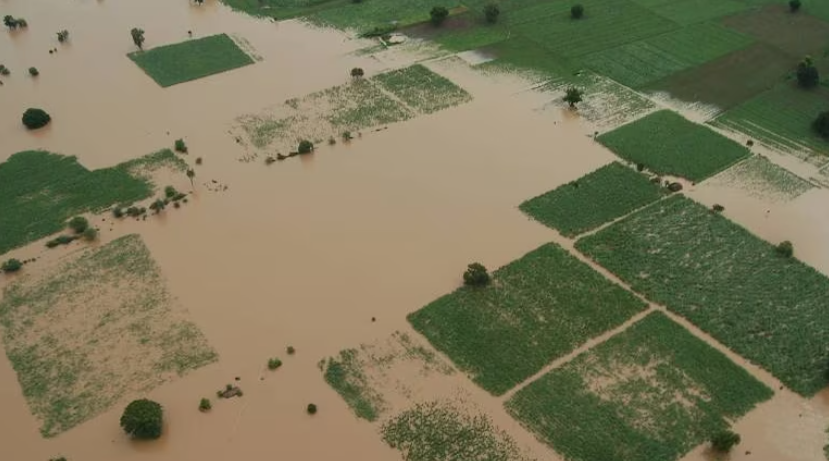
How climate change is changing the food we eat in India: prices, nutrition, taste, seasonality
The Union Ministry of Finance has already warned that food prices will rise in 2023 due to extreme weather events and the looming El Nino affecting harvests. For Sapna Mathur, an interior designer living in Jodhpur, summer means indulging in the local delicacy ker-sangri. “The ker is a desert berry and sangri is the fruit of the Khejri tree. The ker-sangri recipe combines the two, and is typically eaten in the hot months,” she says. This year, unseasonal rains pushed the staple dish off menus. As per the India Meteorological Department (IMD), Rajasthan’s western districts recorded 39.4mm rainfall between March and May (185 percent above normal). Temperatures in March were 3°C below normal. It affected the growth of the Khejri tree and the berry, which typically thrive in dry and arid weather. “Shergarh, a village near Jodhpur, has around 15,000 Khejri trees. None bore fruit. It has impacted supply and driven up prices, so we didn’t offer the dish,” says Samar Singh, who owns the Singh Dhaba in the area. Since the start of the 21st century, there have been three major global food price hikes - in 2007-08, 2010-11 and 2021-22. There are indications that 2023, too, could follow this trend. As per this month’s World Bank’s Food Security Update, between January and April, inflation levels were greater than 5 percent in 64.7 percent of low-income countries, 83.7 percent of lower-middle-income countries, and 89 percent of upper-middle-income countries, with many experiencing double-digit inflation. Source - Money Control
- 0
- 0
- ₹0



















